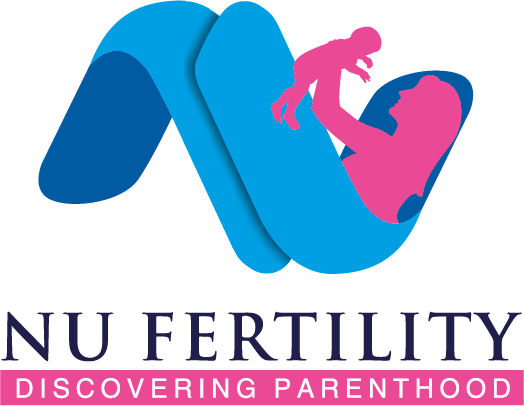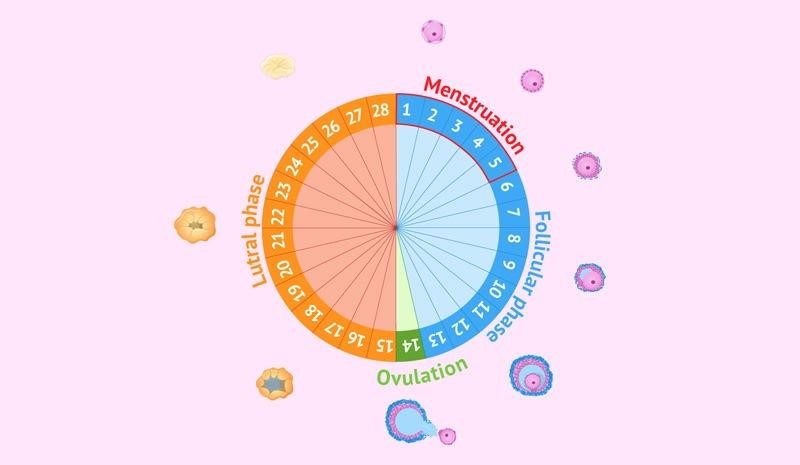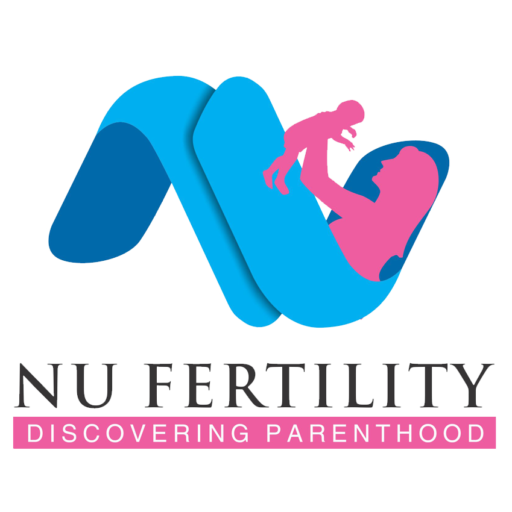The journey to parenthood is deeply personal, for many couples, achieving natural conception is a pretty important goal. But decoding the fertility cycle is pretty important. This blog will share the secrets of cycle, and empowers to understand fertility windows and helps in achieving natural conception.
Understanding the Menstrual Cycle:
The foundation of fertility is the menstrual cycle. It’s a well adapted hormonal balance that typically lasts for 28-35 days, and there may be some variations too. Lets understand the key phrases:
- Follicular Phase (Days 1-14): This typically begins on the first day of the period and ends with ovulation. Lining of uterus sheds during this time. Each follicle contains an egg which is developed by Follicle Stimulating Hormone in ovaries.
- Ovulation (Day 14-16): The most fertile time in the cycle will last for 12-24 hours. Most mature eggs from a dominant follicle will be released due to the trigger of Luteinizing Hormone.
- Luteal Phase (Days 15-28): After ovulation, the empty follicle transforms into the corpus luteum, which produces progesterone. Progesterone prepares the lining of your uterus for implantation if fertilization occurs. If pregnancy doesn’t happen, the corpus luteum degenerates, leading to a drop in progesterone, which triggers your period and the cycle begins again.
Understanding Fertile Window:
Knowing the time of ovulation is important for natural conception. On day 14 average ovulation window falls around, cycles may vary individually. Here are some methods to identify your fertile days:
- Track On Calendar: Marking the first day of each period on a calendar. This helps to understand average cycle length and helps to understand ovulation window (typically 12-14).
- Track On Basal Body Temperature: The body reaches the lowest temperature during rest,and rises again slightly after ovulation due to progesterone. Monitoring daily BBT can reveal a temperature shift, indicating the occurrence of ovulation.
- Track On Cervical Mucus:During the fertile window, mucus becomes thin, clear, and stretching which resembles white egg, observing these changes in cervical mucus will be a key indicator.
Maximizing Chances of Conception:
Once understanding the cycle and fertile window, here is how to increase chance of natural conception: :
- Intercourse Timing: Timing is pretty important, try to have sex in the days of ovulation which helps sperm which can survive 5 days inside female reproductive tract
- Maintain a Healthy Lifestyle: Have a balanced diet rich in fruits, vegetables and grains which helps in optimal fertility because of its nutritional values. Exercise regularly which helps in regulating fertility cycles and helps in overall well-being.
- Stress Management: There could be hormonal imbalance and ovulation because of internal stress. Consider practicing meditation or yoga to manage stress levels.
Additional Considerations:
- Alcohol and Caffeine: Excessive consumption can impact fertility.
- Maintain a healthy weight: Obesity can impact ovulation, while underweight can also impact fertility.
- Seek medical advice: If you’ve been trying to conceive for a year without success (or six months if you’re 35 or older), consult a doctor to rule out any underlying fertility issues.



